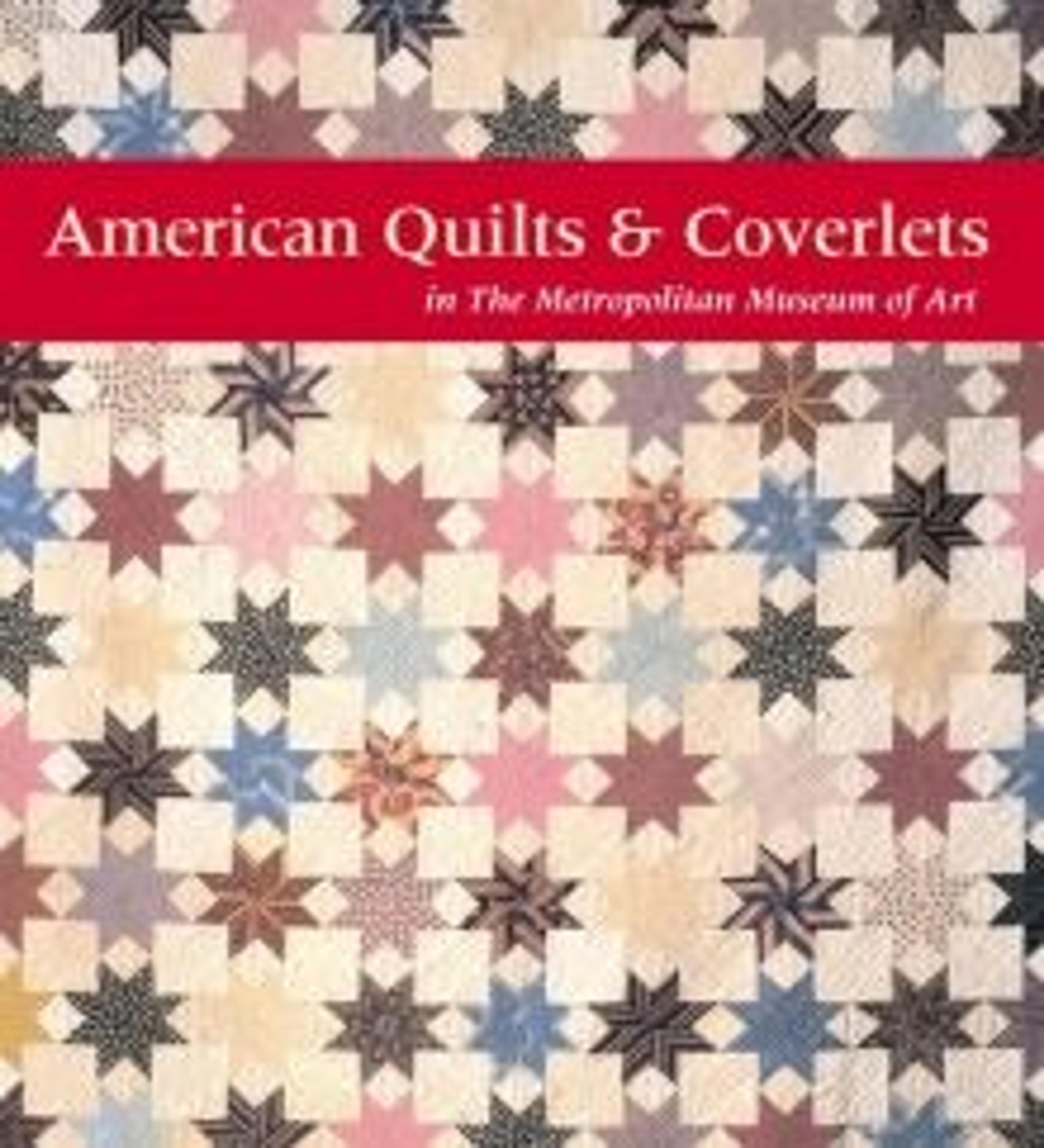Bed Rug
This bed rug is needleworked in looped running stitch, which has been cut to form a pile surface on the light brown/ochre woven wool base. The base is made of three panels of fabric, sewn together at their selvedges. The bed rug is decorated with a central pattern of branching flowers stemming from a single vase, along with a border of large flowers and twisting vines in shades of rust brown, light brown, yellow beige, and moss green with a black background.
Artwork Details
- Title:Bed Rug
- Maker:M. B.
- Date:1809
- Geography:Probably made in Connecticut, United States
- Culture:American
- Medium:Wool embroidered with wool
- Dimensions:102 x 99 3/8 in. (259.1 x 252.4 cm)
- Credit Line:Rogers Fund, 1913
- Object Number:13.207
- Curatorial Department: The American Wing
More Artwork
Research Resources
The Met provides unparalleled resources for research and welcomes an international community of students and scholars. The Met's Open Access API is where creators and researchers can connect to the The Met collection. Open Access data and public domain images are available for unrestricted commercial and noncommercial use without permission or fee.
To request images under copyright and other restrictions, please use this Image Request form.
Feedback
We continue to research and examine historical and cultural context for objects in The Met collection. If you have comments or questions about this object record, please contact us using the form below. The Museum looks forward to receiving your comments.
